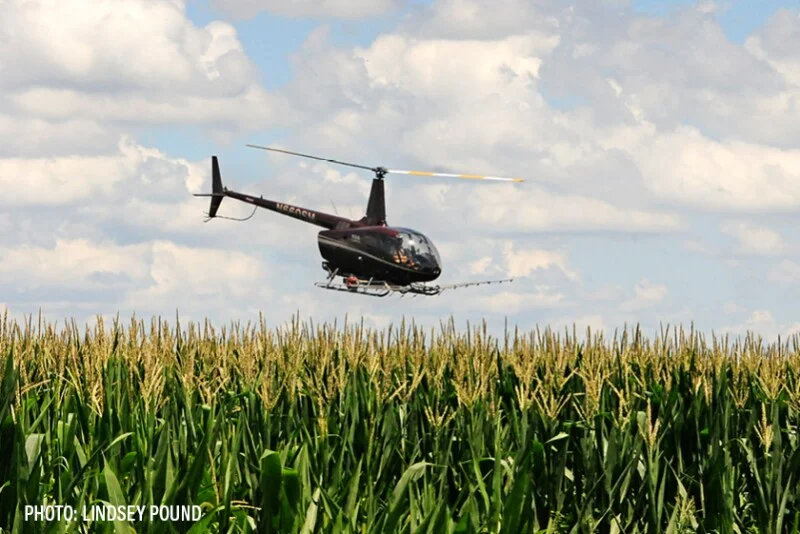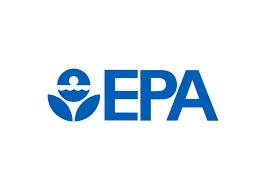
EPA’s New Insecticide Strategy: A Step Towards Protecting Endangered Species
The Environmental Protection Agency (EPA) recently unveiled a groundbreaking Insecticide Strategy aimed at safeguarding endangered species while offering flexibility to pesticide users. This new approach, notably significant as it impacts the protection of over 900 federally listed species, highlights the growing intersection of agriculture and ecosystem conservation.
At the core of this strategy is a commitment from the EPA to enforce the Endangered Species Act (ESA) without placing unnecessary burdens on agricultural stakeholders. EPA Administrator Lee Zeldin stated, "We have found common-sense ways to keep endangered species safe that won’t place unneeded burdens on the growers... necessary to ensure a safe and plentiful food supply.” This statement underscores the delicate balance the EPA strives to maintain between ecological integrity and agricultural productivity.

As the agency finalizes its regulations on insecticides, it introduces a set of mitigations to reduce risks posed to listed species. These include a classification system indicating the potential impact level on populations, categorized as low, medium, or high. This innovative classification recognizes the varying ecological contexts where pesticides are used, enabling more tailored regulatory measures.
Industry reactions have varied, with some advocates expressing cautious optimism. Richard Gupton from the Agricultural Retailers Association highlighted the importance of thorough review and feedback regarding the proposed regulations, indicating that the growers' perspectives are being incorporated into this complex framework. As he articulated, incorporating stakeholder input is crucial for practical enactment.
Moreover, the learning from herbicide regulations will inform future strategies for insecticides, further establishing a comprehensive regulatory environment aimed at minimizing adverse effects on wildlife. With significant portions of agricultural practices now required to adapt to ESA constraints, the implications for crop management and pesticide application continue to unfold.
As these changes roll out, agricultural organizations are urging their members to focus on identifying effective mitigation strategies to comply with the new regulations without jeopardizing productivity. This proactive approach could pave the way for a more sustainable agricultural future, illustrating a collaborative pathway that intertwines economic viability with conservation.
In conclusion, the EPA's new Insecticide Strategy represents a pivotal shift in pesticide regulation, encouraging a paradigm where the agricultural community and environmental stewardship can coexist. As growers navigate these changes, it invites a deeper conversation about how best to harmonize food production and wildlife protection. How do you think this new strategy will impact your region's farming practices? Share your thoughts in the comments below!